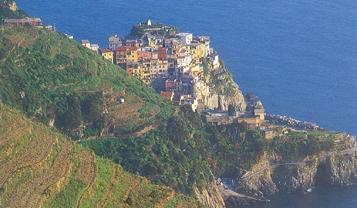| |



Italy's long history of winemaking has left it with a great legacy of superb individual wines, a further huge number of wines with enormous character, and a vast production of very ordinary wine. Until a generation ago this suited a country where wine exports were not a high priority and where local loyalties meant that people naturally drank the wine of their province - even of their family. No Italian wine, with the possible exception of Chianti, was exposed to the pressures of the world marketplace in the way that the wines of Bordeaux, Burgundy or Champagne were tested.
The 1980s, however, saw Italy caught up in the internationalization of wine, with newly critical consumers at home and in export markets very much aware of the quality and value of New World and other European wines. Italian winemakers began to adopt new attitudes and techniques. The limitations of existing Italian wine law, and of indigenous grape varieties, were realized. At the same time the quality of some of Italy's great wines began to be appreciated in London, Paris, New York and elsewhere. Italy is still largely self-contained as a wine country: she grows her own grapes, and has very many varieties; drinks her own wine; and imports comparatively little. But all this is beginning to change.
|
|
|
|





